Laser Cut Tritan Plastic Service
In the world of advanced materials, Tritan plastic stands out as the ultimate answer to the performance and safety shortcomings of traditional plastics like polycarbonate. Engineered to be exceptionally clear, shatter-resistant, and entirely free of Bisphenol A (BPA), Tritan is the material of choice for demanding applications in medical, food service, and high-end consumer products. Tritan was introduced back in 2007 as the alternative to BPA and although relatively new to the manufacturing world, it has become a great solution for many industries. When you need to transform this resilient, glass-like polymer into intricate, flat components, our state-of-the-art laser cutting services provide the solution. Using versatile laser cutting machines we leverage the power of focused laser energy to achieve ultra-precise cuts and complex geometries that are critical for your most innovative designs, ensuring the superior clarity and durability of Tritan are perfectly preserved. More information about laser cutting Tritan plastic is provided in the following Q&A.
Expected Tolerance
What Are the Tightest Tolerances Your Laser Cutting Process Can Maintain When Cutting Tritan Plastic?
The precision of laser cutting machines has provided the necessary tools required to take many products and devices to the next level with reliable and repeatable quality components that laser technology provides. Cutting plastic materials with lasers is a solution recognized by numerous industries and Tritan plastic is just one of many. Precision is key to most applications’ control of tolerance is crucial. Tritan plastic will have features cut to a tolerance of +/- 1mil to 2mil, for most designs. Beyond a 10mil thickness, the tolerance may increase to +/- 2-3 mils.
Other Ways to Cut Tritan Plastic
How Does Laser Cutting Compare to Die-cutting, Waterjet, or CNC Machining of Tritan Plastic?
When manufacturing Tritan plastic components, different methods offer distinct trade-offs. The following is a general comparison of processing Tritan flat 2D parts, but it does not truly reflect on any method’s full capabilities for manufacturing.
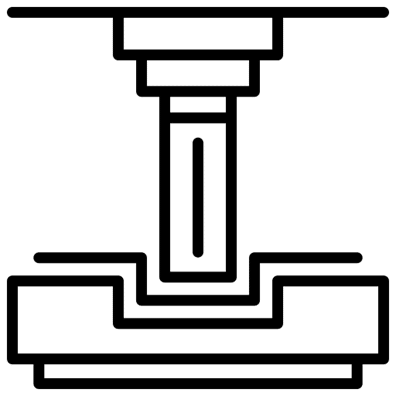
Die-Cutting
Die-cutting is an efficient and cost-effective method for producing Tritan plastic components, particularly when dealing with simple shapes and high-volume production runs. This process relies on dedicated tooling created specifically for each unique geometry, which can be expensive. Additionally, die-cutting is not well-suited to handling complex designs, as the limitations of the tooling make it challenging to achieve intricate details.
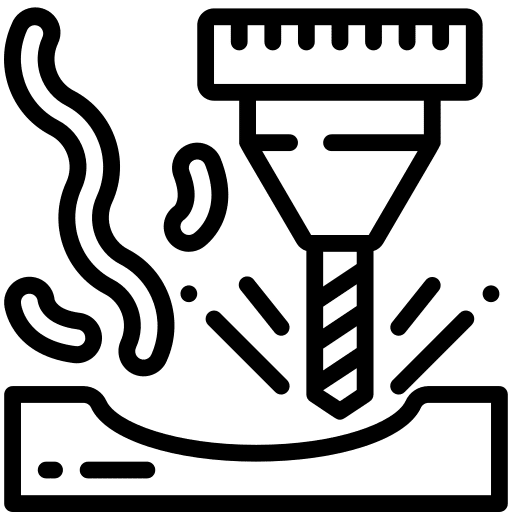
CNC Machining (Milling/Routing)
CNC machining, which includes milling and routing, delivers outstanding precision for manufacturing Tritan plastic components with complex, three-dimensional features such as threads and internal contours. Despite its accuracy, CNC machining is a slower process that involves direct contact between the tool and the material, resulting in swarf (plastic debris). Achieving the glass-like polished edge characteristic of Tritan typically requires additional finishing steps.
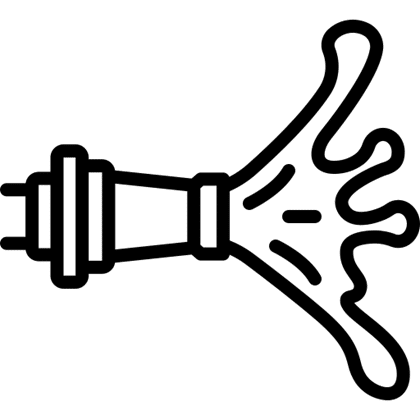
Waterjet Cutting
Waterjet cutting is a process that uses high-pressure water to cut through Tritan plastic without introducing heat, thereby eliminating the risk of melting or creating a heat-affected zone. This technique is especially suitable for cutting very thick materials. However, it is generally slower than other methods, produces a wider kerf (cut width), and does not offer the same level of dimensional precision as laser cutting.
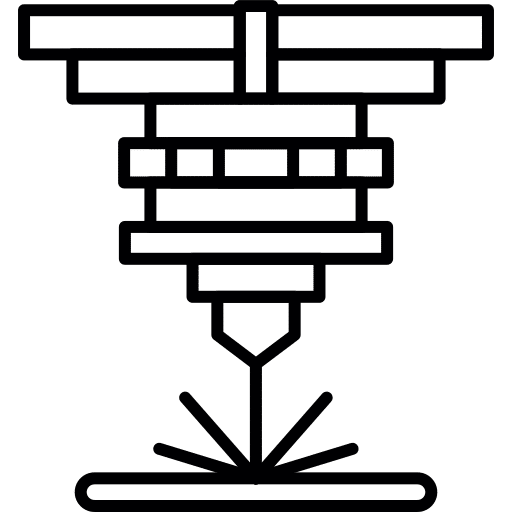
Laser Cutting
Laser cutting stands out as the premier method for producing flat, two-dimensional Tritan plastic parts. It offers unmatched non-contact precision, allowing for the execution of intricate designs and fine details. Laser cutting is also highly efficient in terms of speed and cost, particularly for low-to-medium production volumes, prototypes, and designs requiring the smallest possible kerf.
Characteristically Tritan
How Do Material Characteristics Like Reflectivity, Softness, or Thermal Conductivity Affect Edge Quality and Tolerance Control in Tritan Sheets?
Tritan plastic is ideal for laser cutting because it absorbs the laser’s energy efficiently, allowing for precise, clean cuts—even with intricate designs. By using UV (Ultraviolet) laser systems, Tritan doesn’t scatter the laser’s energy, unlike reflective materials, so you get sharp, accurate results every time. Thanks to Tritan’s low thermal conductivity, heat stays focused on the cut line, minimizing any risk of melting, warping, or discoloration. This results in smooth, polished edges with minimal HAZ, (heat-affected zone). Plus, Tritan’s engineered hardness means it vaporizes cleanly, avoiding the rough or stringy edges seen in softer plastics. In short, Tritan’s unique properties deliver crisp, reliable laser-cut parts—perfect for demanding applications.
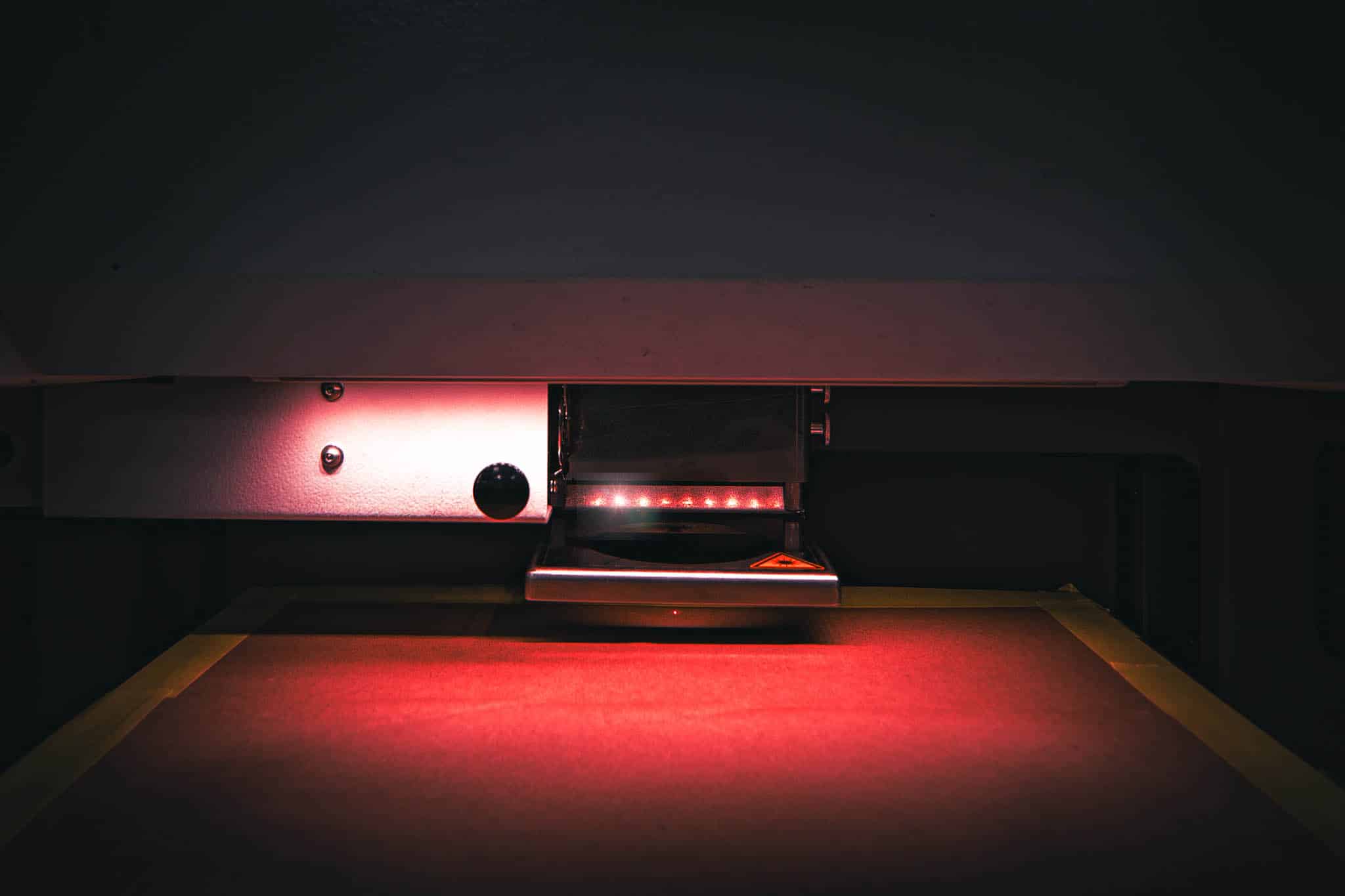
On The Cutting Edge
What Edge Quality Can Be Expected When Laser Cutting Tritan? Are Burrs or Heat-Affected Zones (HAZ) Present?
For Tritan plastic, we use UV or ultraviolet lasers that pulse at 355nm wavelength. The cut edge quality is determined by the Tritan thickness and the complexity of the design. The more complex and thicker a material is, the slower the cut will be. To result in the optimum edge quality, laser parameters include adjusting of the laser power, laser cut speed and laser passes. Burrs are generally not present when cutting plastics, but edge melting and discoloration can occur if the parameters are not set correctly.
Points to Keep in Mind
What Are the Benefits of Laser Cutting Tritan Plastic?
The benefits of using laser cutting for Tritan plastic sheets are centered on precision, quality, and efficiency:
-
- Creates clean, smooth edges that are often flame-polished in a single pass, significantly reducing or eliminating the need for secondary finishing processes like sanding or buffing.
High Precision and Tight Tolerance
-
- Achieves very fine, intricate geometries and sharp internal corners that mechanical tools cannot match. The non-contact nature of the laser prevents material stress, warping, or physical damage, ensuring final parts adhere to extremely tight dimensional tolerances.
Minimal Material Waste:
-
- The concentrated, narrow laser beam (kerf) allows parts to be nested more closely together on the sheet, maximizing material yield and reducing costs.
Speed and Efficiency:
-
- Faster cutting speeds compared to traditional mechanical methods, leading to higher production throughput and shorter lead times. This high level of automation in the laser process ensures excellent part-to-part consistency and reliability.
Design Flexibility and Versatility:
-
- Allows rapid prototyping and easy, instantaneous modifications to the design file without requiring costly and time-consuming tool changes or mold adjustments. Ideal for small batches, custom orders, and complex component designs.
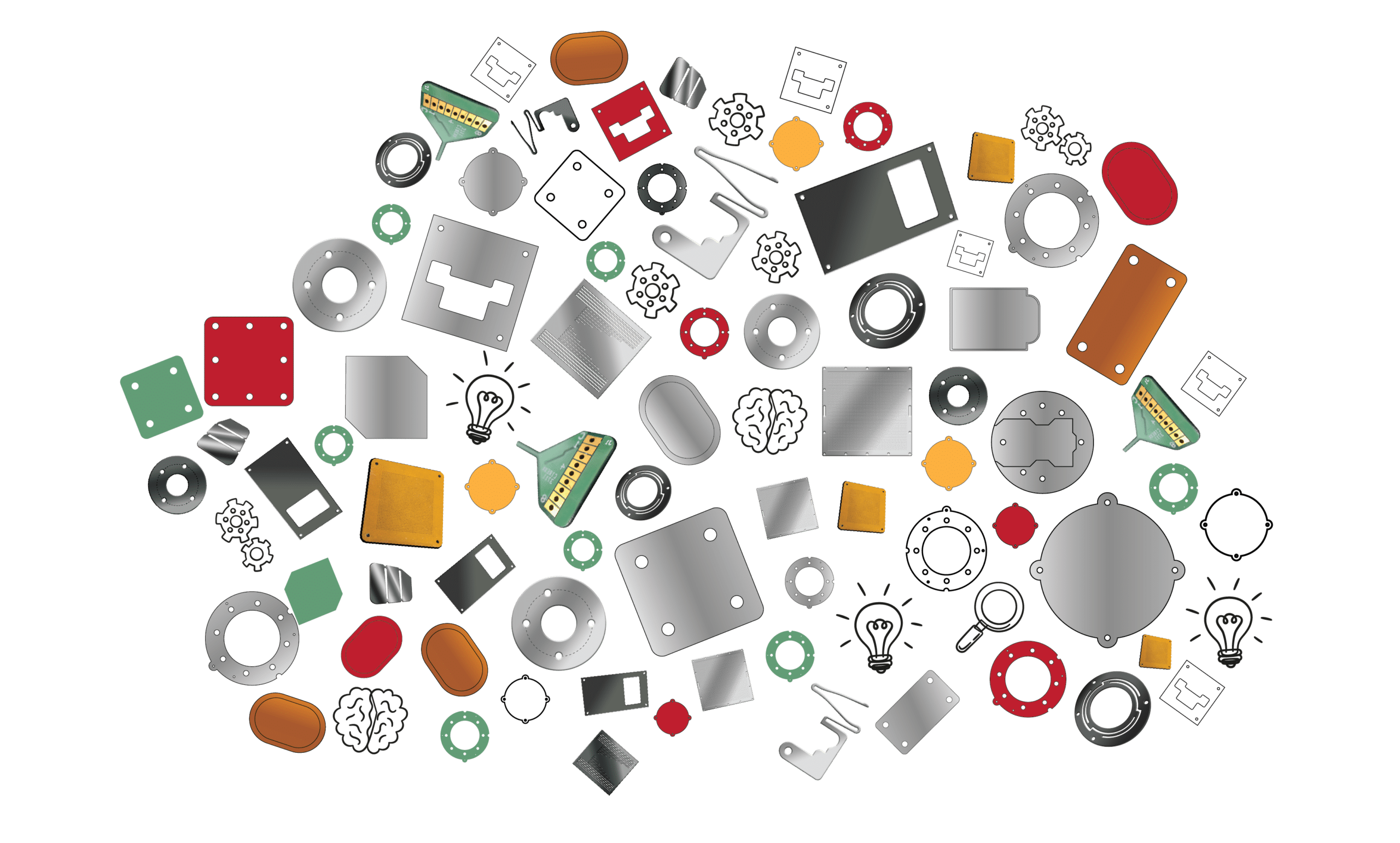
The advantages of Tritan plastic as a BPA free plastic, with the strength and clarity industries need to make new products better can only be enhanced using laser cutting techniques. By supporting new devices and applications with flat precision cut profiles, laser cutting is one method that has become a method of choice for many projects. Laser cutting, however, is not the only option available. The team at A-Laser understands that choosing the appropriate service provider may be challenging so we welcome your inquiries and will be happy to assist by reviewing your project.
